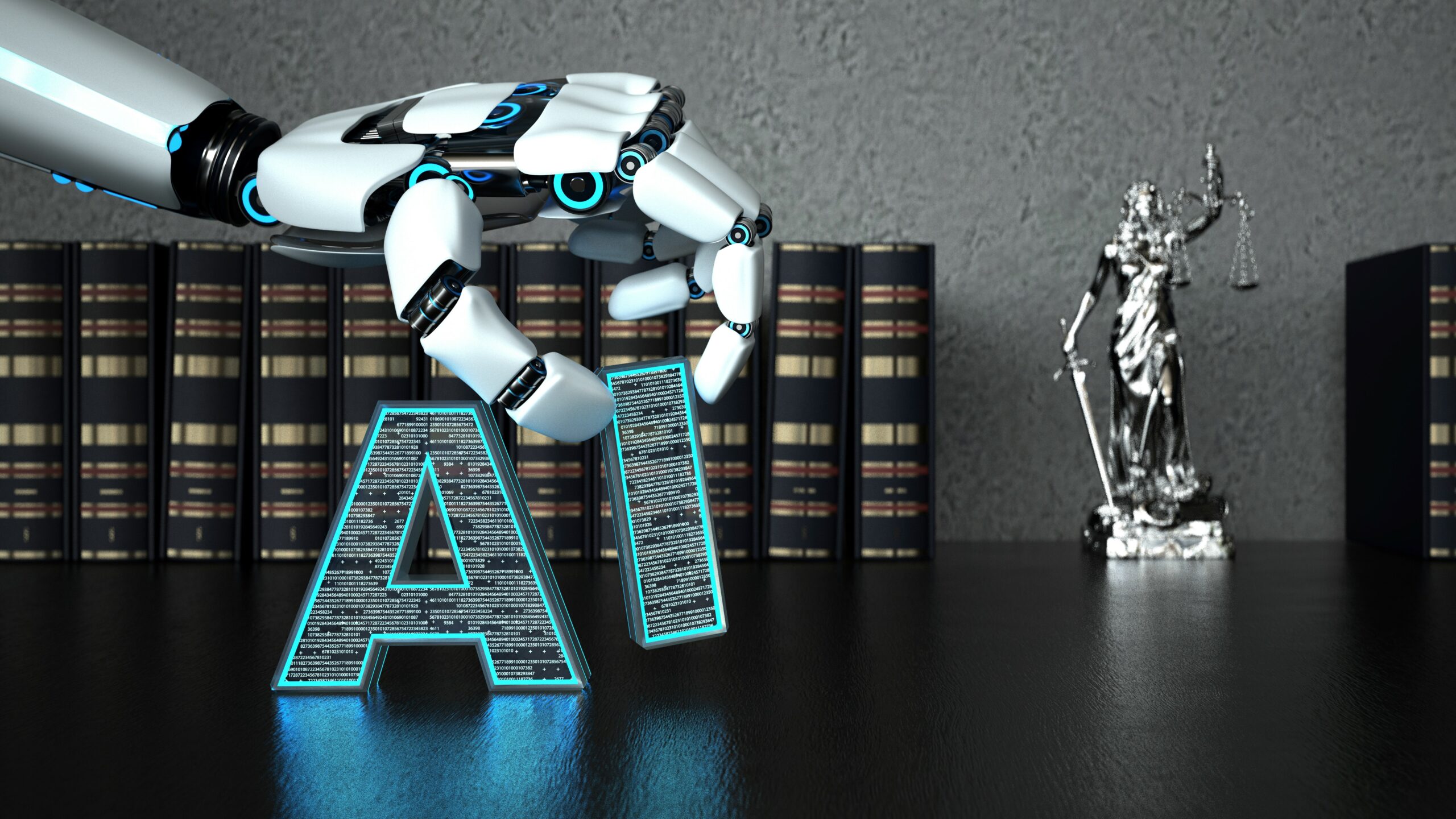The unification of artificial intelligence (AI) and visual arts has given rise to an interesting sector that blurs the lines between human creativity and machine cleverness in an era characterized by rapid technological growth. This combination has elevated artistic expression to new levels and unlocked previously inconceivable possibilities. In this article, we develop into the interesting realm of AI visual art, exploring its evolution, uses, difficulties, and significant influence on the field of art.
 |
| Genesis and the Essence of Nature: Where Stories Begin and Beauty Blooms |
The evolution of Visual AI Art
When computer-generated visuals first appeared on screens in the early 1960s, AI visual art was born. The simple geometric shapes and patterns that made up the majority of these primitive artworks reflect the restricted technological capabilities of the period. However, the intricacy and richness of AI-generated art increased as AI technology developed.
An important development in AI artwork was the emergence of "Generative Adversarial Networks" (GANs). GANs, which Ian Goodfellow created in 2014, provided a ground-breaking idea: a generator network produces the pictures, and a discriminator network assesses them. GANs refine their output via several iterations, producing incredibly realistic and sophisticated works of visual art that frequently straddle the line between reality and the imagined.
 |
Chronicles of Creativity: Tracing the Evolution of Visual AI Art from Concept to Canvas |
AI visual art application
Artistic creation: AI tools create the ability to create art for those who think and have a vision of beauty. Artists can leverage AI algorithms to generate new ideas to push their creative boundaries.
Style Change: Ai is capable of merging artistic styles, allowing one artefact to change with another. This technique is combined with a contemporary photographic subject for Van Gogh or Braströk to achieve captivating results.
Art restoration: AI-powered algorithms can breathe new life into deteriorating artifacts by recreating missing parts and restoring faded colors, thus preserving cultural heritage.
Personalization: AI-powered platforms can analyze user preferences and create customized art recommendations, tailoring the art experience to individual tastes.
Collaboration: Collaboration between human artists and AI systems has led to stunning co-created pieces, demonstrating the harmonious synergy between human intuition and machine precision.
Challenges in AI Visual Art
Originality and creativity: While AI can produce impressive art, questions remain about the authenticity of AI-generated pieces and the role of human creativity. Is art really creative if it is created by an algorithm following patterns learned from existing works?
Ethical Considerations: Ownership and copyright of AI-generated art are complex issues. Determining who owns the rights to artwork created in collaboration between a human artist and an AI system raises legal and ethical questions.
Bias and fairness: AI algorithms learn from existing datasets, which can embed biases present in those datasets into the generated art. This raises concerns about diversity and inclusivity in AI art.
Technical limitations: Despite advances, AI systems can still struggle to capture the nuances of human emotion and nuance that are integral to certain art forms.
Impact in the field of art
The landscape of art has been forever changed by AI visual art, which has altered how we view, produce, and consume art. AI-generated artwork is being displayed alongside traditional works in galleries and museums to convey the nature of creativity, the role of technology, and the future of art.
Artists are embracing AI as a new tool in their toolbox, fusing their own vision with the potential of the technology. This union has pushed previously impassable limits and inspired a reassessment of artistic possibilities. As AI-generated art develops, it challenges ideas about authorship, originality, and the interactions between humans and machines.
Conclusion
AI visual art is a fascinating testament to the fusion of human imagination and technical prowess. It is a reflection of our innate desire to push the boundaries of what is possible, to bridge the gap between the traditional and the cutting edge. As AI continues to permeate every aspect of our lives, the art world stands as both a canvas for innovation and a canvas for contemplation. The dialogue between creativity and computation will undoubtedly shape the artistic landscape of the future, inviting us to reflect on the essence of creativity in the age of machines.















